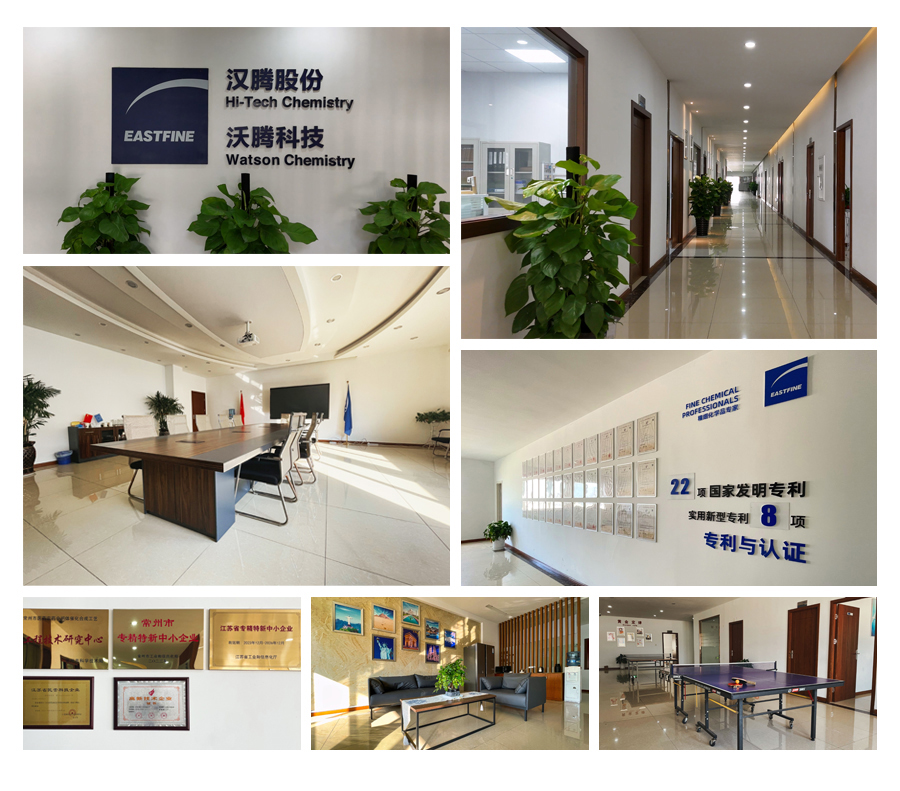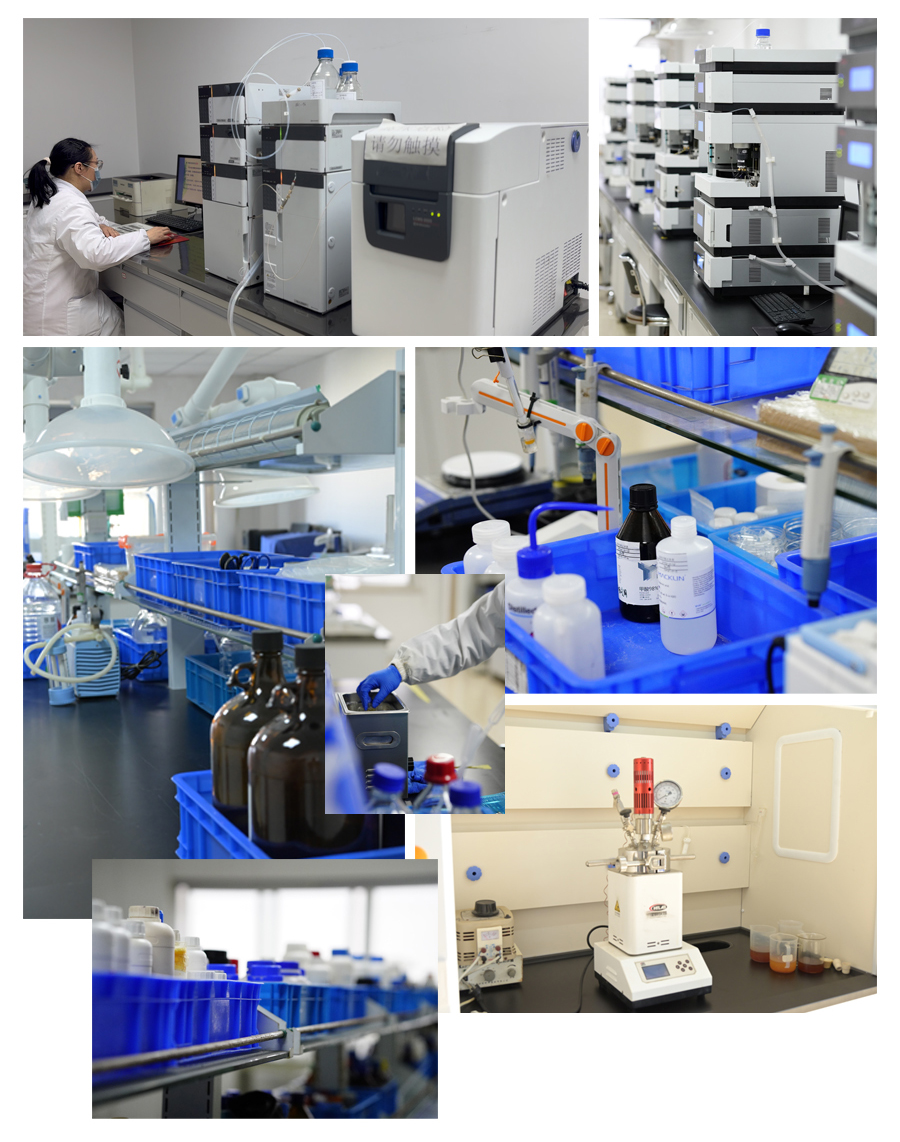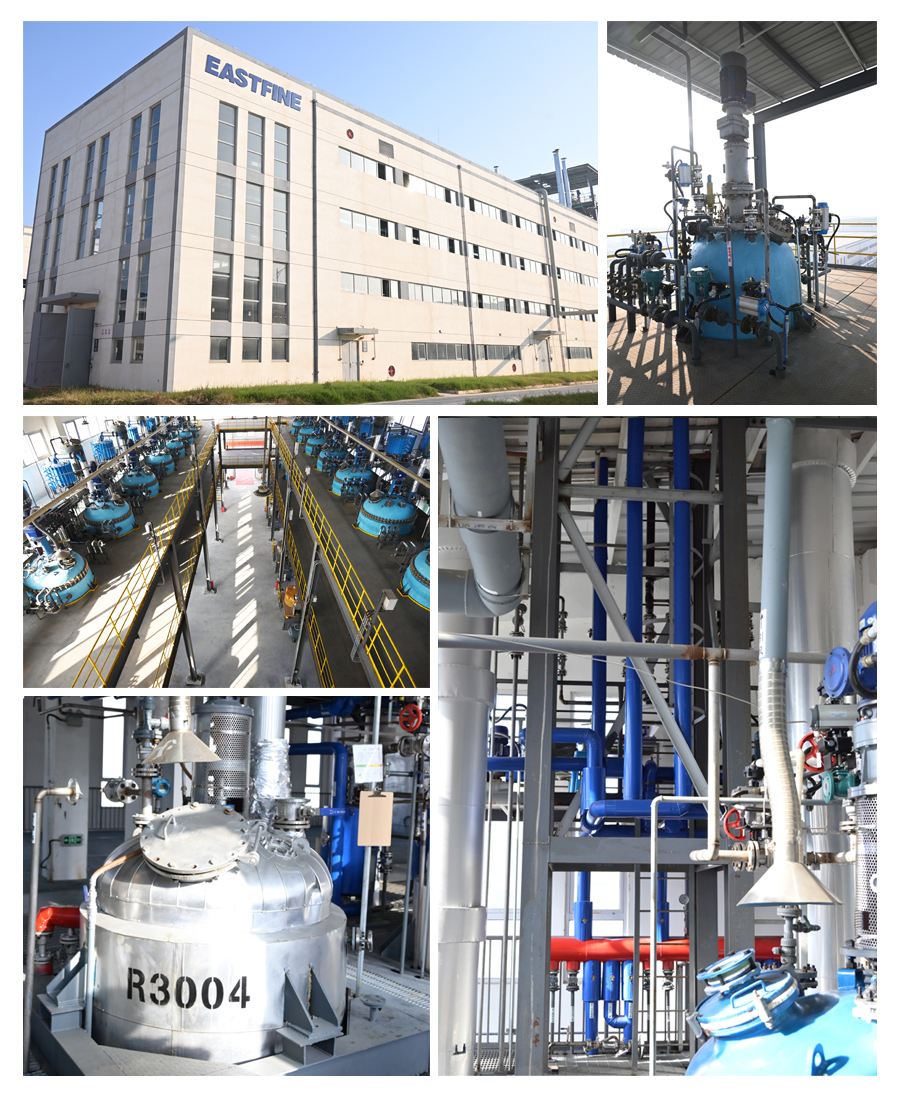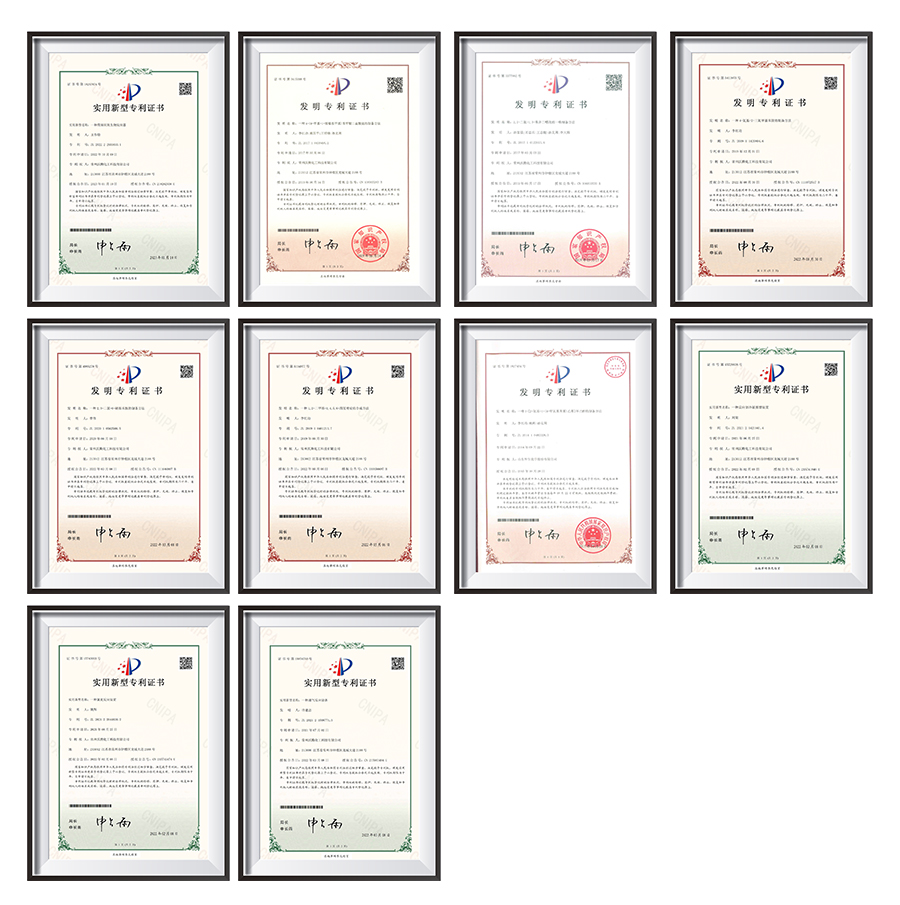| Availability: | |
|---|---|






Product Description
We are a pharmaceutical intermediate manufacturer of 3-Chloro-4-fluorophenylboronic acid.
Its CAS No. is 144432-85-9
Our pharmaceutical intermediates can be used in a variety of APIs.
| Product Category | Custom Synthetic Intermediates |
| CAS NO | 144432-85-9 |
| Product Specifications | Melting point: 242-247 °C (lit.) Boiling point: 306.0±52.0 °C(Predicted) Density: 1.41±0.1 g/cm3(Predicted) Storage temp.: Inert atmosphere,2-8°C |
Office Environment

Laboratory

Workshop/Warehouse

Certificate

3-Chloro-4-fluorophenylboronic acid is produced by EASTFINE , and we are in charge of overseas selling . Not just trading compamy .
China,America,Brazil,England,Russia,Poland,India,Pakistan,NewZealand,Korea,Australia,Dubai,Turkey,Indonesia,UAE.
yes , you can have 1 3-Chloro-4-fluorophenylboronic acid sample for starting the business , but it is not free
please contact sale team for detail .
3-Chloro-4-fluorophenylboronic acid (CAS 144432-85-9) is an organoboron reagent with molecular formula C₆H₅BClFO₂. This white crystalline solid contains both chlorine and fluorine substituents on the aromatic ring along with a reactive boronic acid group, making it a valuable intermediate for Suzuki-Miyaura cross-coupling reactions in pharmaceutical synthesis.
The compound typically appears as a white to off-white crystalline powder with a molecular weight of 174.36 g/mol. It has a melting point range of 185-190°C (with decomposition) and demonstrates moderate solubility in polar organic solvents like THF and DMSO, though it has limited water solubility. The material is stable at room temperature but may gradually darken upon prolonged exposure to air.
For optimal stability, store in tightly sealed containers with desiccants under inert atmosphere (nitrogen or argon) at 2-8°C. The boronic acid group is moisture-sensitive, so containers should be protected from humidity. Under these conditions, the material maintains excellent stability for at least 24 months. Keep away from strong oxidizing agents.
This compound serves as a versatile building block for constructing biaryl structures in drug development, particularly through Suzuki coupling reactions. The chlorine and fluorine substituents allow for electronic tuning of the aromatic system while providing sites for further functionalization. It's especially valuable in synthesizing pharmaceutical intermediates for CNS drugs and kinase inhibitors.
While not highly toxic, the compound may cause irritation to skin, eyes, and respiratory system. Use appropriate PPE including nitrile gloves and safety goggles, and handle in a well-ventilated area. Avoid inhalation of dust and direct contact. In case of exposure, flush affected areas with water. The material is stable under normal laboratory conditions.
Quality control includes HPLC analysis (typically ≥97% purity), melting point determination, and spectroscopic methods. ⊃1;H NMR confirms the aromatic proton pattern, while ⊃1;⊃1;B NMR verifies the boronic acid functionality. ⊃1;⁹F NMR provides confirmation of the fluorine substituent. Elemental analysis may be used for comprehensive characterization.
The strategic positioning of halogen substituents creates unique reactivity. The chlorine allows for subsequent nucleophilic substitutions, while the fluorine enhances the electron-deficient character of the ring. The boronic acid enables efficient cross-coupling under mild conditions, making it ideal for constructing complex molecular architectures in drug discovery.
This specialty reagent is commercially available through fine chemical suppliers in quantities ranging from grams to kilograms. Many suppliers provide certificates of analysis with each batch and can accommodate custom synthesis requests. Technical support is typically available for specific application development and scale-up questions.